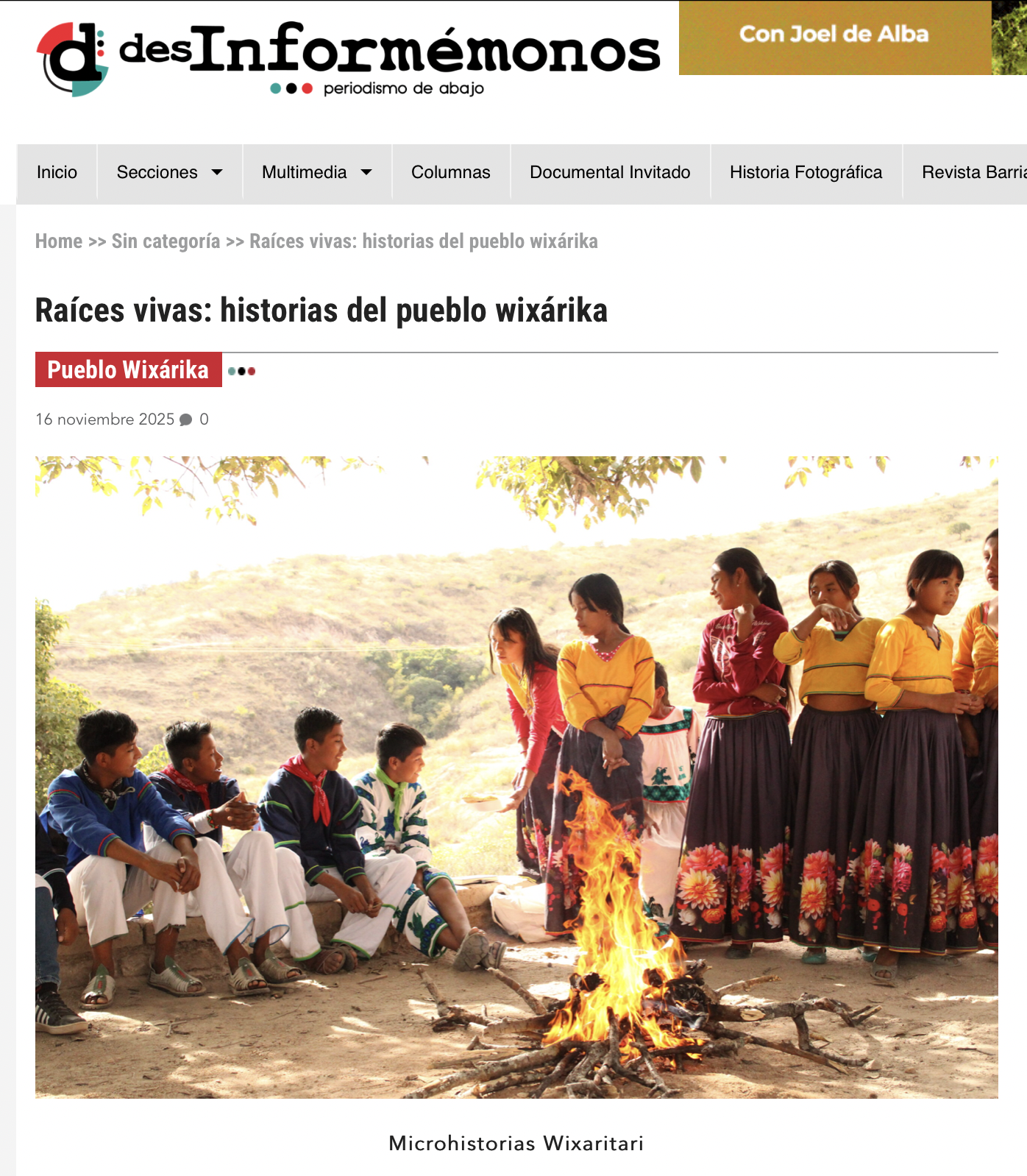Living Roots: Stories of the Wixarika People
It would be very difficult to speak about the history of the Wixárika people, because their culture is vast and profound. In fact, I think we would first have to take several courses to dismantle the Western notions we hold, because the Wixárika way of feeling and thinking is truly different from how we perceive geography, spirituality, territory, and life itself. Therefore, we believe this episode of Voices of the Earth should focus on Wixárika microhistories. Microhistory allows us to observe, listen to, and deeply understand something specific, rather than focusing on major events. Microhistory reminds us that it is in the most intimate, personal, and everyday moments that the web of stories that sustains a people is forged.
The Wixárika are found in the states of Jalisco, Nayarit, Zacatecas, and Durango. But they also live in various cities in Mexico, such as Guadalajara, Zapopan, and Tepic—though not exclusively there. So, the Wixaritari live in these different places, but that's not all their territory. They also inhabit and travel through sacred sites: Haramaratsie: the sea in Nayarit; Te'akata: sacred caves in the Sierra Huichol; Wirikuta: the desert of San Luis Potosí, considered the place of origin of the world and the sacred deer; and Xapawiyemeta: Scorpion Island in Lake Chapala. For this reason, the Wixaritari teach us to rethink and inhabit territories as they were before European colonization and the birth of nation-states, which divided and fragmented cultures and, in their place, erected borders.
These micro-histories are narrated by two young Indigenous people who, from their unique way of living and being Wixárika, show us a glimpse of the strength of this people.
Continue reading and access the accompanying audiovisual materials in Spanish here.






